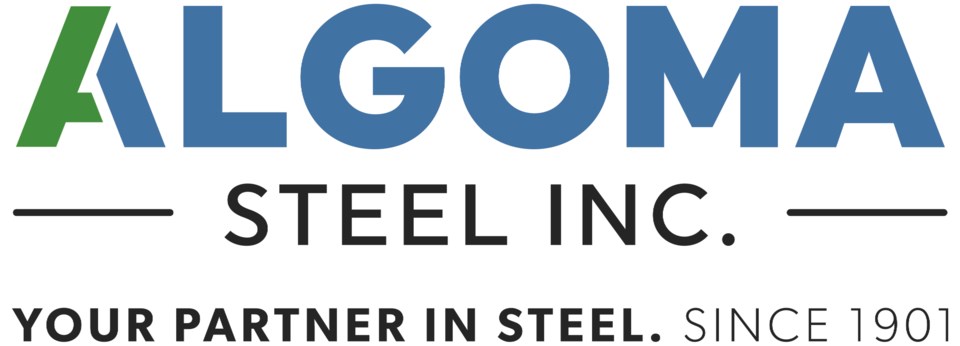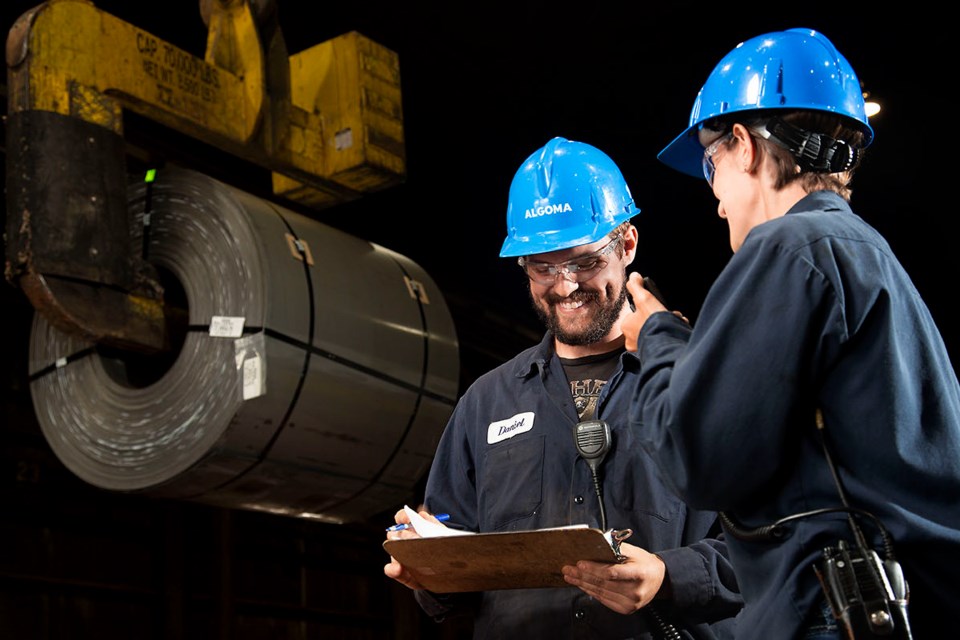If only crossovers were strong enough to pull a full-size travel trailer.
Or trucks could carry larger loads while reducing fuel consumption and carbon emissions.
Or cranes could extend farther and higher without compromising safety or performance.
As consumer demand pushes the limits of capability, global demand for ultra high strength steel is on the rise. In response, the team at Algoma Steel is realizing new capability at the outer realm of advanced steels by extending its product offering off the Direct Strip Production Complex (DSPC) to include ultra high strength steel (UHSS).
High strength steels have a wide range of applications to, for example, reduce the overall weight of a vehicle and increase the crash energy absorption to improve safety.Applications for Algoma’s new UHSS steel grades include buses, light trucks, lifts, cranes, trailers, wagons, barges and loaders - applications that handle large amounts of stress or that demand a high strength-to-weight ratio. Despite its high strength, this steel is typically 20 to 30% lighter than conventional steel, providing the opportunity to reduce weight - which also translates to better fuel efficiency and lower carbon emissions.
Kate Kuuskman, General Manager DSPC and Cold Mill commented, “The DSPC is a thin slab continuous caster coupled to a rolling mill, allowing for the production of exceptional quality steel sheet in around 30 minutes directly from liquid steel, and consuming 60% less energy than a conventional mill.”
In 2019 Algoma took a very good asset and made it even better by investing in a number of process control and equipment upgrades to improve product range capability and grow shipments through the DSPC.
High Strength Teamwork
But at a deeper level, Algoma’s DSPC story is also centrally about people -- specifically how Algoma people are working together for product development at Algoma Steel, to leverage new product capability and quality enhancements, and accelerate time to market.
The approach has been to work through integrated and “cross-functional” teams – leveraging the efforts of people inside and outside of the company. These teams include participants from Algoma’s product development, sales, strategy, technical services, operations (upstream and downstream), and the projects & engineering group – together with external equipment suppliers and customers who provide product input.
The model draws upon the combined insight and expertise of those involved to deliver improved product development outcomes.
Added Kuuskman, “Algoma’s product innovation is the result of some of the most advanced research in the industry and benefits from focused input from our customers and stakeholders. Leveraging the diverse skills and experience of a cross functional team allowed Algoma to minimize the risk and maximize the success of this product development initiative, resulting in a new product capability that responds to our customer’s needs to help them compete in their markets.”
This cross-functional approach and the team dynamic that underpins it is essentially a prototype for how Algoma will work on transformative product development and innovation in the future.
It’s the “D” in R&D: developing the collaborative capacity of the organization in a way that will further enhance Algoma Steel’s ability to deliver value and superior products, on time, and for the most demanding applications. It captures the immense experience and insight of Algoma people in a way that improves project planning and product outcomes.
Algoma is realizing new product capability at its Direct Strip Production Complex.
And supporting that capability, Algoma is cultivating a high-strength team of employees, working cross-functionally to advance future product development.


